Easy Tips for Proper Boat Maintenance
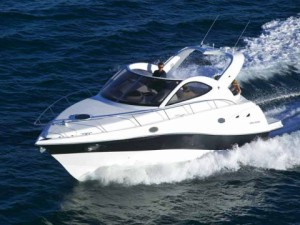
You could purchase the world’s toughest boats, but it doesn’t mean that you can get away without taking care of it. To keep your vessel sea worthy, you have to put a little bit of elbow grease and care into your boat. Here are some easy tips:
Cleaning & Care
Wash your boat regularly. Not only does routine cleaning facilitate a more pleasant and organized environment, but it also goes a long way towards counteracting the long-term effects of environmental wear and tear. Waxing and use of anti-fouling paint can also help protect your boat from the elements.
Checklists
Keep a checklist that includes everything from boat motor maintenance and winterization to boat trailer maintenance. You also want to be sure to check your fluid levels on a regular basis, and be sure that you have a good amount of Yamaha 2W oil.
Proper Mooring
One of the most common ways a boat can start to show scratches and damage is not only from when it’s in use, but from when it’s being docked. Make sure lines are securely fastened in place, neatly coiled and do not show signs of breakage.
Battery Care
Depending on the type of battery your boat uses, check to ensure that it is properly charged and that it has the correct fluid levels. Also be sure to keep your battery clean, as dampness and dirt can also drain your battery.
Electrical Components
Many boating failures occur as a result of corroded electrical systems, so keeping electrical components dry should be a regular part of your boat maintenance routine.
Consider a Boat Cover
Making an investment in a boat cover can help keep your boat clean and free of a variety of contaminants that aren’t just related to dirt or water, falling leaves and bird droppings can also cause a lot of damage if left unchecked.


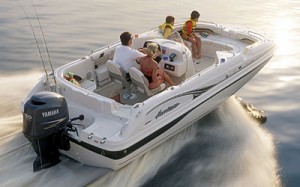
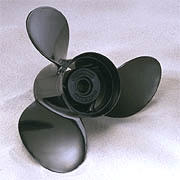 In order to keep your marine motor running smoothly and efficiently, it’s essential to perform a full-scale tune up at least once a year. This guide to annual tune ups is not intended to be an absolute authority on how to do your maintenance work but rather as a series of suggestions. As previously discussed, each individual outboard comes with a specialized maintenance schedule courtesy of the manufacturer. Adhere to that schedule first and foremost.
In order to keep your marine motor running smoothly and efficiently, it’s essential to perform a full-scale tune up at least once a year. This guide to annual tune ups is not intended to be an absolute authority on how to do your maintenance work but rather as a series of suggestions. As previously discussed, each individual outboard comes with a specialized maintenance schedule courtesy of the manufacturer. Adhere to that schedule first and foremost.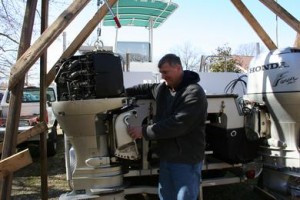 By now you’re probably familiar with the big three names in outboard motors: Evinrude, Yamaha and Mercury. In recent years, the Environmental Protection Agency has tightened its restrictions on engine efficiency and marine pollution. This just makes sense as the American public becomes more sensitive to ecological issues and biofuels are made a viable alternative to fossil fuels in automobiles.
By now you’re probably familiar with the big three names in outboard motors: Evinrude, Yamaha and Mercury. In recent years, the Environmental Protection Agency has tightened its restrictions on engine efficiency and marine pollution. This just makes sense as the American public becomes more sensitive to ecological issues and biofuels are made a viable alternative to fossil fuels in automobiles.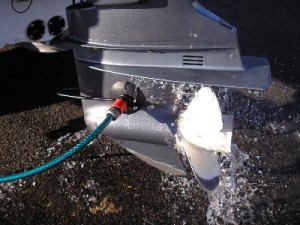
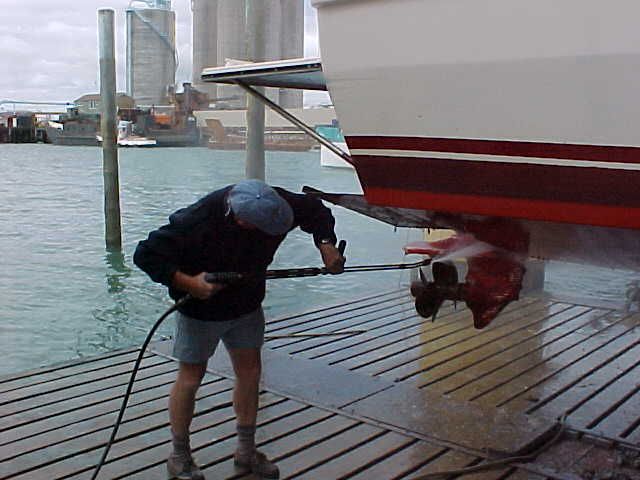
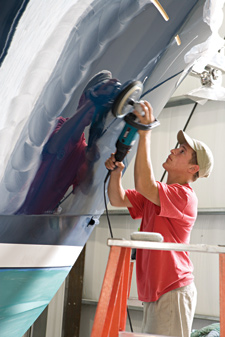
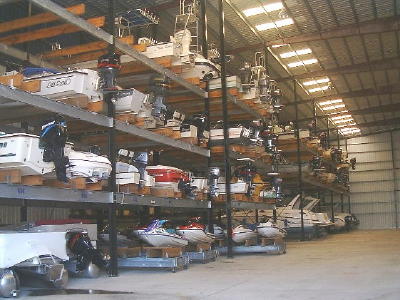
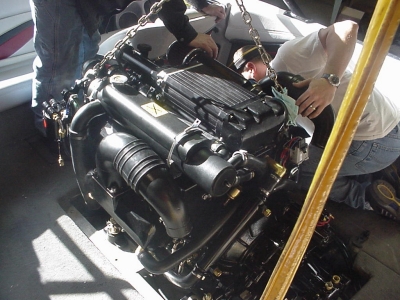

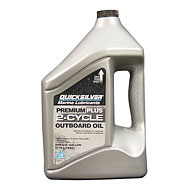 Changing oil in your outboard motor is much like changing the oil in your car. First you will want to locate the gearcase and loosen the top screw. Next place a drain pan beneath the unit to collect the used oil. Loosen the bottom drain screw and remove it. Let the oil drain for about five minutes, longer if it is slow to drain. Check your oil for metal particles, or if other liquids like water are present. Should either be present, consult a mechanic or qualified service individual.
Changing oil in your outboard motor is much like changing the oil in your car. First you will want to locate the gearcase and loosen the top screw. Next place a drain pan beneath the unit to collect the used oil. Loosen the bottom drain screw and remove it. Let the oil drain for about five minutes, longer if it is slow to drain. Check your oil for metal particles, or if other liquids like water are present. Should either be present, consult a mechanic or qualified service individual.